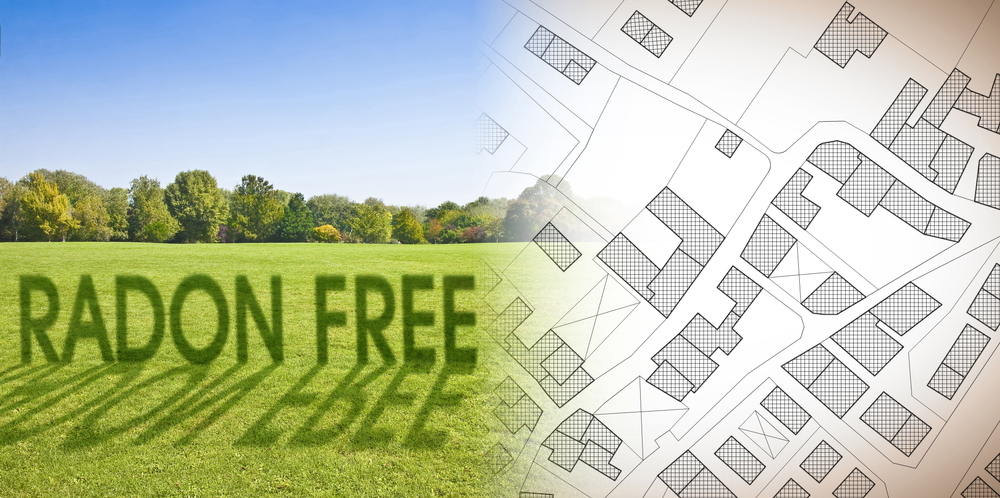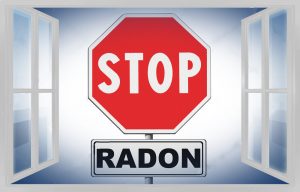When it comes to radon, there is no acceptable level. The U.S. Environmental Protection Agency (EPA) has some recommendations. You need to fix your home if radon levels are above 4 picoCuries per litre of air (pCi/L). Do you live in an affected zone? Or is your house already detected with radon? Worried that radon mitigation may not work? These doubts can occur when your house and family are in harm’s way. But we are here to tell you how radon mitigation systems work. Get a detailed walkthrough of the process with us. Then you will be confident about its effectiveness.
There are two types of radon mitigation systems in the market. Active systems and passive systems. They are both effective, but both have their own way of working. Let us find out how each of them works and if they are all effective.
How does a passive radon mitigation system work?
The passive system is generally installed during your home construction. In this method, they install a PVC pipe under the concrete slab in a basement or in a sump pit. This pipe gets access to the radon gas under the soil before it can enter your house. This system depends on the upward flow of air to function. The pipe is set out of the roof to let the gas escape into the outside air.
Many states and cities have compulsory laws and guidelines. Now homeowners have to build houses with passive radon mitigation systems. Why? This reduces the chances of your house getting radon affected. Illinois has made it compulsory for all new houses to have radon mitigation systems. You should learn about the radon levels in your area before building a house. This will help you stay protected.
How does an active radon mitigation system work?
Passive radon mitigation systems are great. But if the radon levels rise too much, this system can fail to deliver. To know the current radon levels of your house, get it tested. You need to contact a certified agent to get a test done. This is because you cannot detect rising radon levels with your naked eye. You need expert agencies to do the job.
After the radon detection, you need the install an active radon mitigation system. This system works day in and day out to reduce radon gas levels. In addition to the PVC pipe, this system also uses a fan. This system does not depend on the natural flow of air to reduce the radon levels.
The fan constantly works to push the gas out; hence this process is quicker and more effective. The high-speed fan helps suck out the radon from the soil and concrete layer. This radon system can also suck out the air from the crawl space through the venting pipes. They will seal some ducts and cracks depending on the exposure level for utmost safety. But only experts can detect these flaw areas. After installing the system, it sucks out the gas and delivers it safely outside your home.
The fans of the active radon mitigation system are generally outside the house. This makes the suction more effective and causes no gas leakage. But some old houses do not have PVC pipes under their concrete. How do they install a radon mitigation system? The service providers will make a 3 to 4-inch vent pipe to penetrate the concrete slab. All passive systems can easily convert into active systems. How? The PVC pipe is already there; the fan will come as an addition. In case the radon level rises, make sure you make the shift.
How to know if your radon mitigation system is working?
An active radon system installation will have a manometer inside your house. This device provides you with information on the system. The inverted “J” shape indicates the fan is working. When the fans stop working, the device has a “U” shape. A red-coloured dye forms these letters and provides a clear indication. If the fan is working, it creates the right pressure under the slab. This will make the system effective and make your house radon free.
Parting Thoughts
But why are active radon systems better? The fan works constantly and gets rid of moisture, noxious odors, and any other soil gases. This system gets rid of two birds with one hit.




